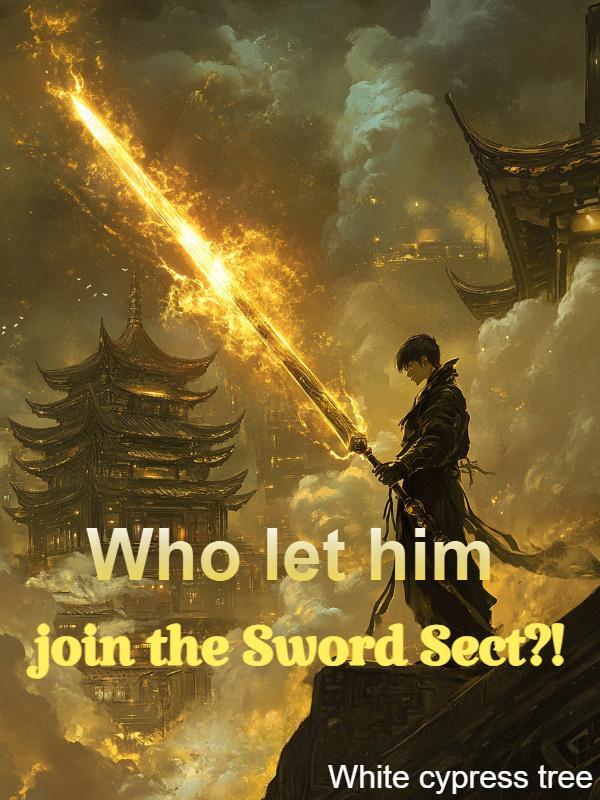©Novel Buddy
Video Game Tycoon in Tokyo-Chapter 776: Terrifying Development Speed
Chapter 776 - Terrifying Development Speed
Bob's main purpose in visiting Gamestar Electronic Entertainment was to personally meet Takayuki, the man who had helped him immensely, and thank him in person—while also taking the opportunity to flatter him a bit.
The secondary goal was to see if he could get any hints about upcoming games or strategic plans.
Game sales had been gradually hitting a bottleneck, with revenue growth stalling, so he was eager to see if Mr. Takayuki had any new ideas.
And as it turned out—he did.
That alone made the whole trip worthwhile.
As soon as Bob returned to his hotel, he immediately contacted his U.S. team: "Get in touch with Gamestar Electronic Entertainment right now! They're working on a brand-new mobile game. This might be the key to flipping the current situation on its head. If any of you screw this up—you're all fired!"
Bob had never been the type to sugarcoat things with his staff.
...
...
He was all about results. If something promised big returns, he was all in. But anyone who got in his way? Gone—without hesitation.
Meanwhile, Takayuki, after Bob left, went straight to the company's mobile game department.
At the time, it was the smallest of all the development teams, as their main job had simply been to port existing games or develop low-difficulty titles.
Around 300–400 people were enough to handle that.
Arriving at the department, Takayuki called a quick meeting with the whole team.
Candy Fun Match wasn't a technically complex game.
The match-3 logic was simple. The main brainwork was in the UI and level design.
This would be where the designers would lose a bit of sleep (and hair).
But thankfully, Gamestar Electronic Entertainment had a massive team.
Takayuki easily pulled in idle designers from other dev teams to support the mobile division.
One designer can only do so much—but what about a hundred? Two hundred?
Takayuki went ahead and summoned every available designer in the company to pitch in.
He first laid out the core design style of Candy Fun Match.
It had to be cute—everything from the UI to icons and cover art had to be round and charming.
Then there was the visual effect of matches.
That "satisfying" feeling after a match had to be nailed.
Since that's a bit abstract, Takayuki gave a concrete example based on his experience with match-3 games in his original world. He described in detail how the animations and effects should feel, so the designers could understand immediately.
Next was sound effects and music.
This was the easiest part.
They didn't even need many composers.
Gamestar had a massive archive of over a million music and sound assets, collected from past unused prototypes.
These "scrapped" assets weren't low quality—they just didn't fit their original projects.
So they were stored away for future use.
This was another benefit of large-scale development—having a deep resource library saved tons of time.
Takayuki called on a dozen composers, asking them to:
Create new music and sound effects based on his instructions.
Search the archive for fitting tracks and tweak them as needed.
This task was much simpler than designing visuals.
Lastly, came the game programming.
Again, not a huge challenge.
New novel chapters are published on freewёbn૦νeɭ.com.
Gamestar had previously worked on match-3 games like Bejeweled.
The core mechanics were nearly identical. This was just a new take, with enhanced visuals and added features.
Bejeweled had simple mechanics and some basic power-ups.
It was already fun—but not quite satisfying.
So Takayuki planned to boost that satisfaction factor.
Add more power-ups to create massive matches.
Compress the average level time from 5–10 minutes to under 3 minutes.
Most mobile gamers played in short bursts—so each level had to be short and snappy.
And as long as there were enough levels, there was no fear of people running out.
In the end, all these components were brought together.
And because the game was simple and over 500 people were working on it—including testers—it was finished in less than a week.
Meanwhile, the Facebook team hadn't been idle either.
After Bob gave the order, they immediately contacted Gamestar to get the latest dev details for Candy Fun Match and began a full-scale marketing blitz.
They spent big to launch ads across several top platforms that very day.
Naturally, Facebook itself led the charge, but they also promoted on their video platforms, rental services, and e-commerce platforms.
Buy a subscription to their video service? Get a $10 starter pack for Candy Fun Match.
Place a $10+ order on their shopping platform? Get a random item drop worth up to $10 in-game.
All their internal ad channels worked in perfect sync.
And other ad platforms were just as aggressive.
Facebook and Gamestar were loaded with cash, and the ad platforms were thrilled to work with clients like them.
No delays. No drama. Fast payments. That's what every ad partner loved.
With this kind of marketing power, it was practically impossible not to know that a new game was launching on Facebook's mobile platform.






